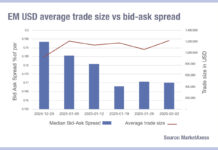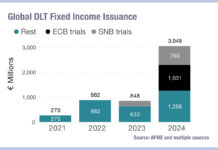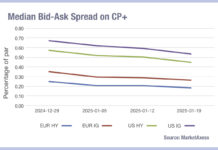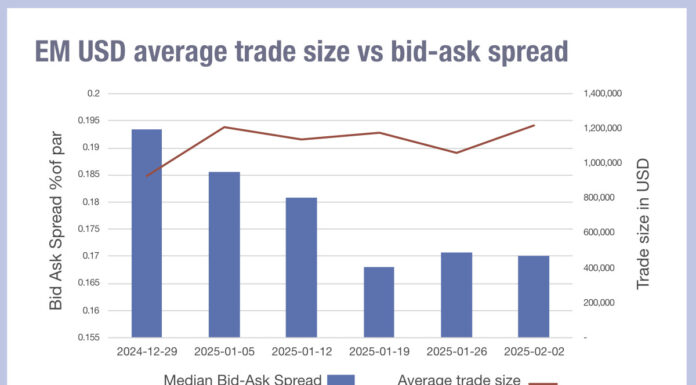A report by Bank of America Securities (BofAS), using its BofA Global Proprietary Signals, has found that the futures market is indicating that inflation will moderate in upcoming months, by “pricing in an end of the tightening cycle by the end of the year, although resilient housing prices could keep shelter inflation elevated.”
The triggers for this are a decrease in money supply, and a slowdown on global growth as higher inflation, “more often than not” can be a corollary of strong economic activity.

Investigating and range of perspectives including energy and food inflation, plus the housing and used vehicle markets, the report, written by a team including Candace Browning Platt, head of global research at BofAS, observed that in the bank’s recent BofA Global Fund Manager Survey (FMS), “high, sticky inflation” was the greatest tail risk feared by investment professionals.
“High inflation is unpalatable enough, but the anchoring of long-term inflation expectations to the upside is a policymaker’s nightmare. Encouragingly though, a majority of FMS participants expect lower global CPI inflation in the next 12 months. This is resonated by the bond markets as well, with the US breakevens implying an inflation rate of 3.1% in 1 year and 2.7% in 5 years, down from 5.6% and 3.4% respectively in March. Commodity prices and commodity stocks also call for a rollover in inflation.”
Encouragingly, the report found multiple indicators that suggested positive news regarding inflation on the horizon.
“The moderation in inflation expectations is apparent not only in Wall Street, but also in Main Street with the University of Michigan long-run (5-10year) inflation expectations falling to 2.9% in July after staying at 3.0% and above for six months,” they wrote. “The US dollar has been on a rampage, reflecting a global dollar shortage. A strong dollar, on a trade-weighted basis, is typically a harbinger of slower growth, and by extension, lower inflation. Why should it be any different this time?”
©Markets Media Europe 2022

























